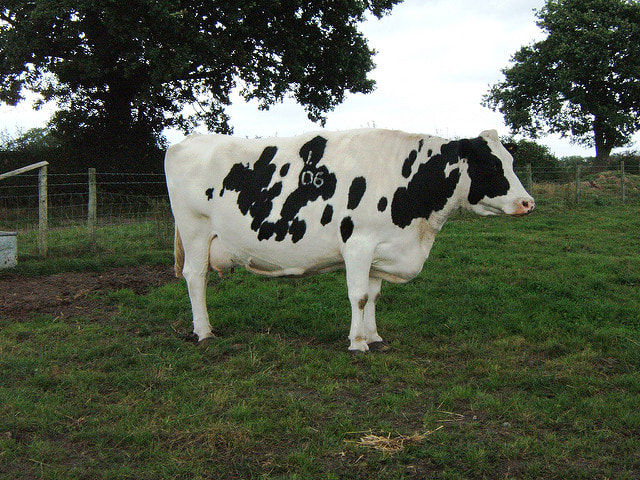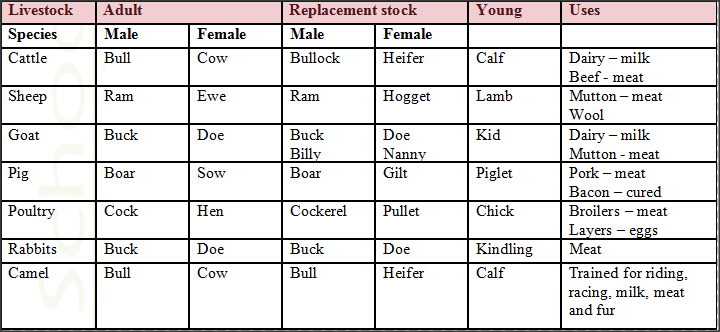LIVESTOCK PRODUCTION 1 [COMMON BREEDS]Introduction The term livestock is used to refer to all domesticated animals. These animals include cattle, sheep, goats, poultry, pigs, rabbits, camels, bees, fish and donkeys. The importance of keeping livestock:
Cattle Breeds Cattle can be classified into two groups based on their origin. These are;
Zebus They are small in size and with a distinct hump and include:
The Borana
a. Dairy cattle breeds.They include;
ii. Ayrshire
b. Beef cattle breeds. Examples:
ii. Hereford
3. Dual Purpose BreedsExamples:
Sheep Breeds:Purpose of Keeping Sheep;
Origin: Spain Characteristics:
Hampshire Down
Goats Goats well adapted to a wide range of environmental conditions because of the following characteristics:
Boer goat
Anglo-Nubian
French alpine (Pigs) Characteristics:
Large White
Wessex Saddle
Advantages of Crosses
Poultry Breeds
Characteristics of Dual-Purpose Breeds Go broody.
Hybrids
Rabbits Kept for the following reasons:
Breeds
Camels Kept for;
Dromedary (Camelus dromedarius)
Terms used to describe livestock in different age, sex and useSignup for membership, Then Download ...
1 Comment
|
Categories
All
Archives
May 2021
Quick Agriculture Revision Notes
|
||||||||||||||||||||||||||||||||||||||||||||||||||||||||||||||||||||||||||||||||||||||||||||||||||||||||||||||||||||||||||||||||||||||||||||||||
We Would Love to Have You Visit Soon! |
Hours24 HR Service
|
Telephone0728 450425
|
|
8-4-4 materialsLevels
Subjects
|
cbc materialsE.C.D.E
Lower Primary
Upper Primary
Lower Secondary
Upper Secondary
|
teacher support
Other Blogs
|


 RSS Feed
RSS Feed